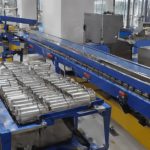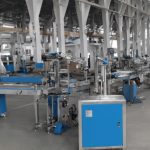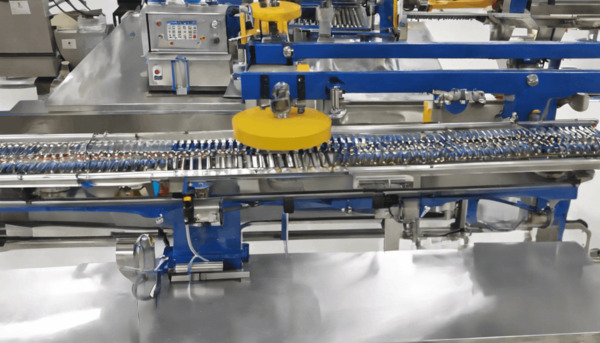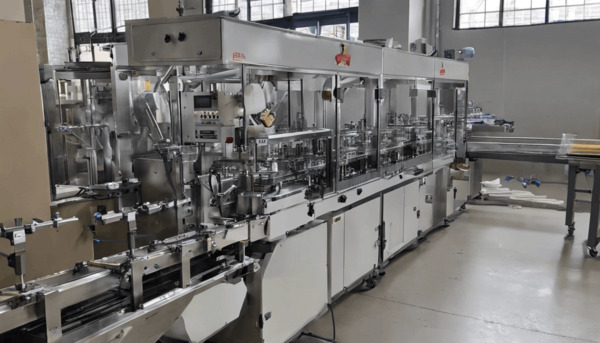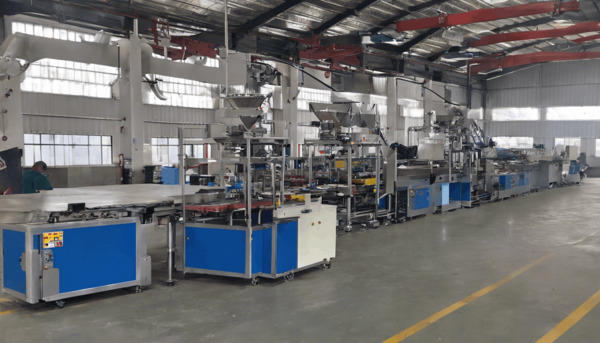
Understanding the Price of Capsule Filling Trays
Capsule filling trays are essential tools in the pharmaceutical and nutraceutical industries. They are used to manually fill empty capsules with powders, granules, or other substances. The price of capsule filling trays can vary significantly based on several factors, including the material, capacity, and brand. In this article, we will explore these factors in detail to provide a comprehensive understanding of what influences the cost of capsule filling trays.
Material and Build Quality
The material of the capsule filling tray is one of the primary factors affecting its price. Trays made from high-quality materials such as stainless steel or food-grade plastic tend to be more expensive. Stainless steel trays are durable, easy to clean, and resistant to corrosion, making them ideal for repeated use in industrial settings. On the other hand, plastic trays are lighter and more affordable, but they may not offer the same level of durability as stainless steel.
Capacity and Size
The capacity of a capsule filling tray, which refers to the number of capsules it can hold at one time, also plays a significant role in determining its price. Trays with a higher capacity, such as those that can fill 100, 200, or even 300 capsules simultaneously, are generally more expensive than those with a lower capacity. Larger trays are more efficient for high-volume production, which is why they are preferred in commercial settings.
Brand and Manufacturer
The brand or manufacturer of the capsule filling tray can also influence its price. Well-known brands with a reputation for quality and reliability may charge a premium for their products. These brands often provide better customer support and warranties, which can justify the higher cost. Conversely, lesser-known brands may offer more affordable options, but the quality and durability of their products may vary.
Additional Features
Some capsule filling trays come with additional features that can affect their price. For example, trays with adjustable settings, ergonomic designs, or compatibility with different capsule sizes may cost more. These features can enhance the usability and efficiency of the tray, making them a worthwhile investment for businesses looking to optimize their production processes.
Market Trends and Demand
The price of capsule filling trays can also be influenced by market trends and demand. During periods of high demand, such as a surge in pharmaceutical production, prices may increase due to supply constraints. Conversely, during times of low demand, prices may decrease as manufacturers seek to clear inventory. Keeping an eye on market trends can help buyers make informed purchasing decisions.
Conclusion
In conclusion, the price of capsule filling trays is determined by a combination of factors, including material, capacity, brand, additional features, and market conditions. Buyers should consider their specific needs and budget when selecting a tray, ensuring that they choose a product that offers the best value for their investment. By understanding these factors, businesses can make informed decisions and optimize their capsule filling operations.

